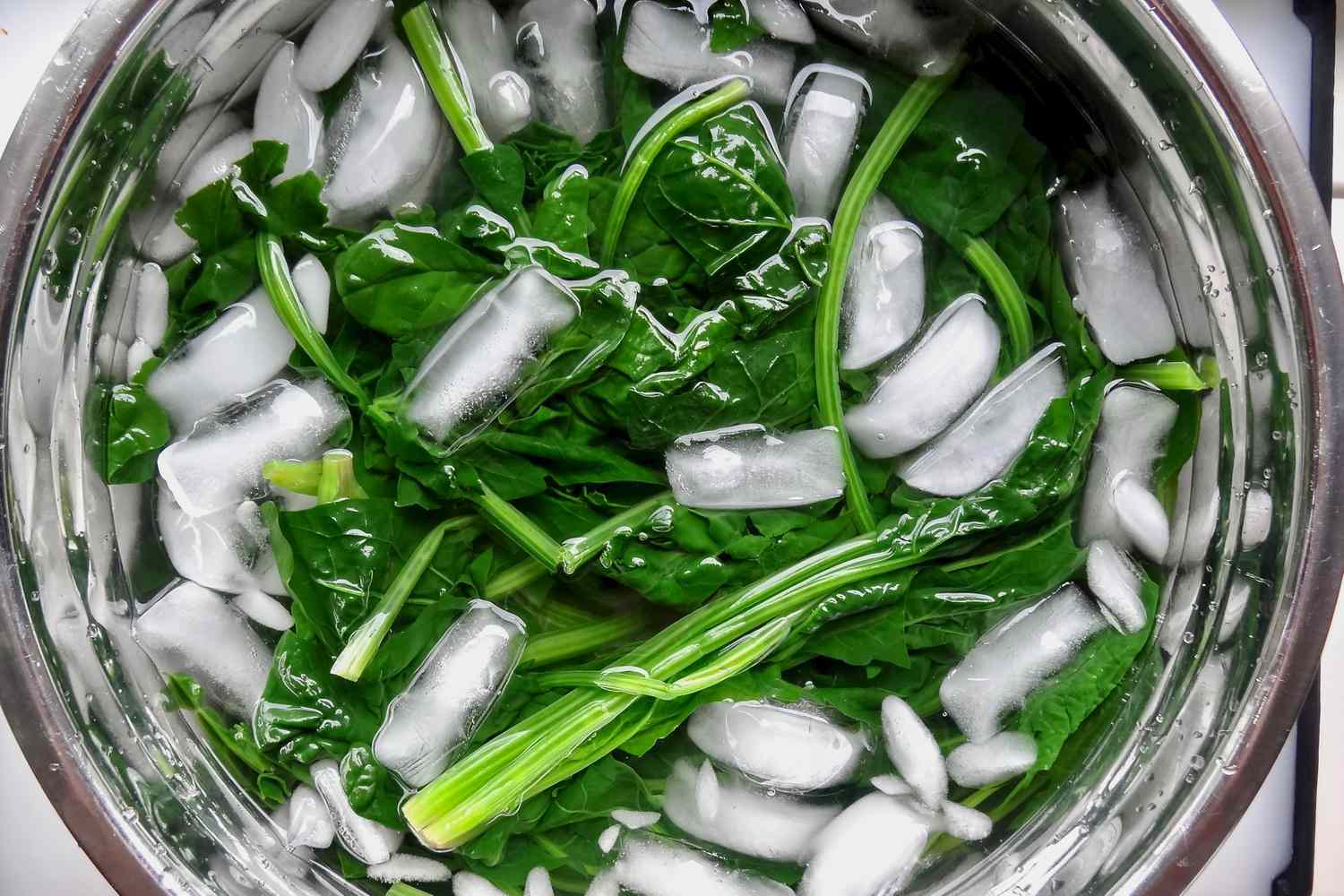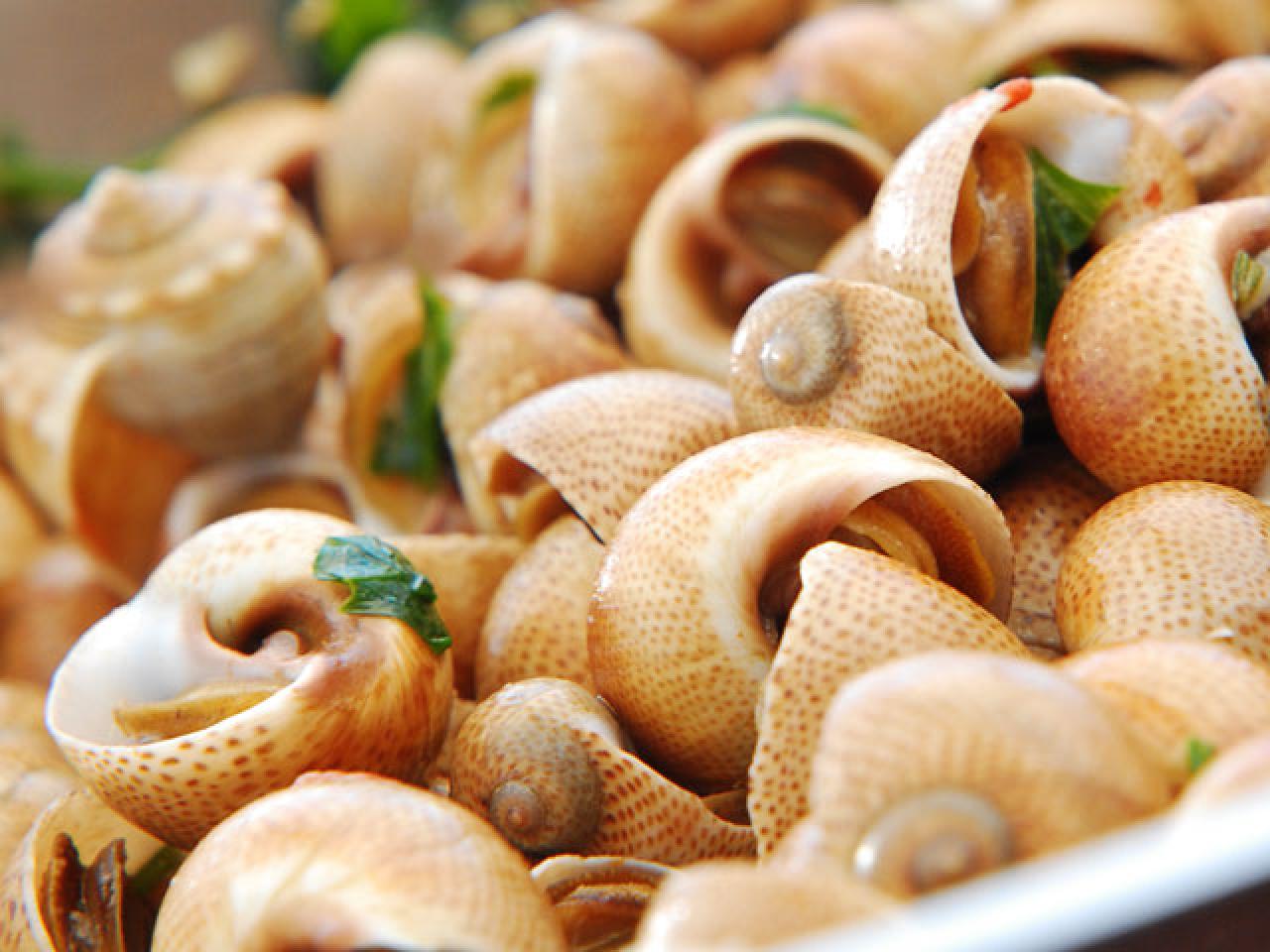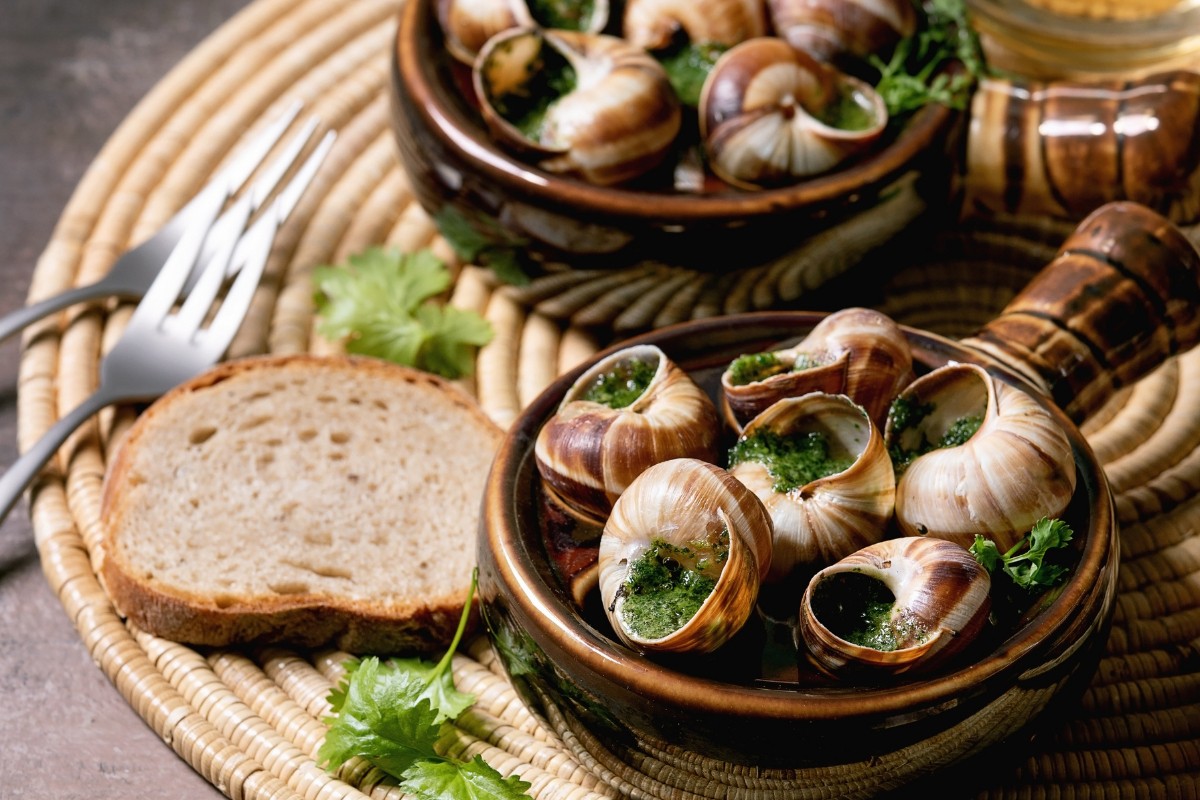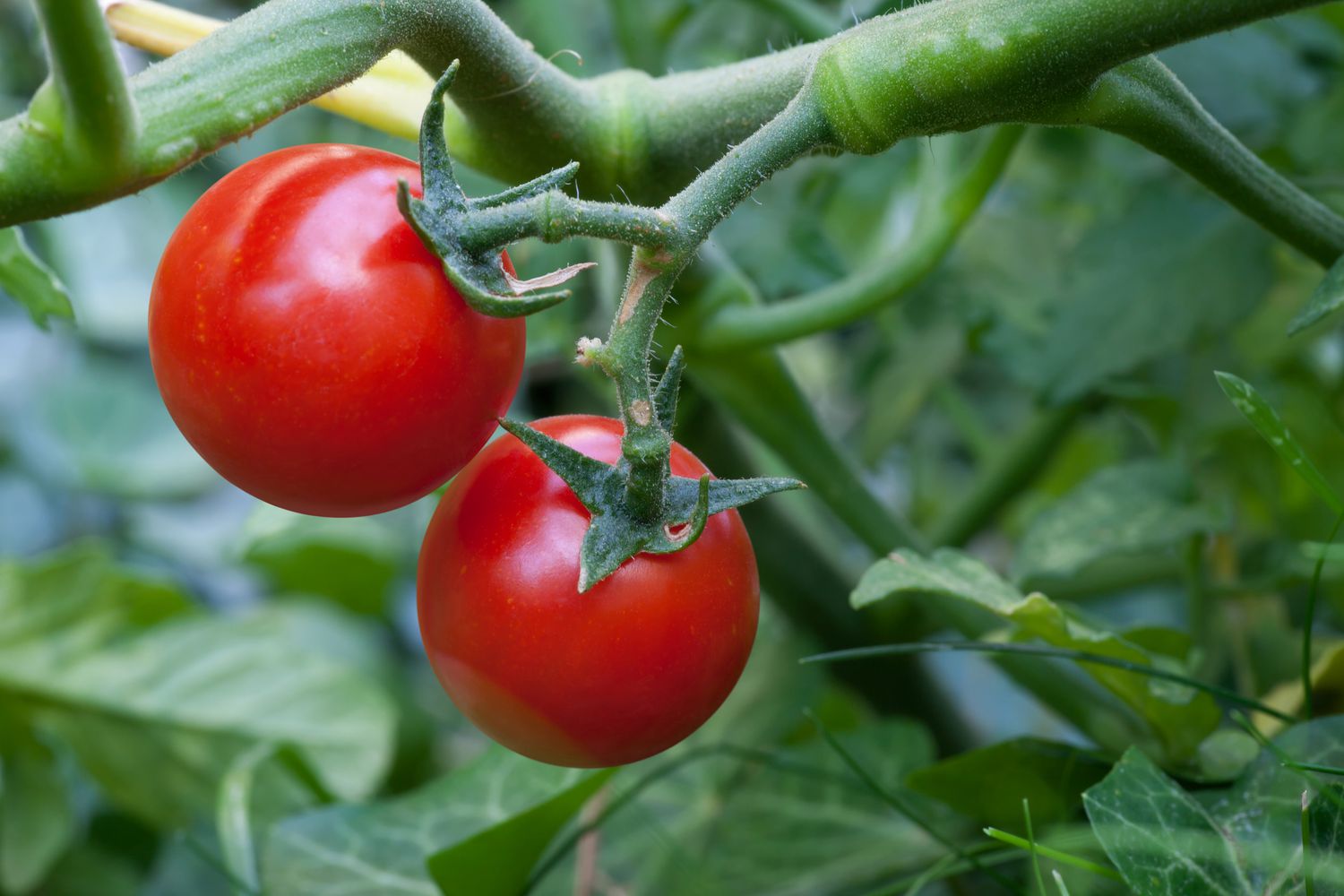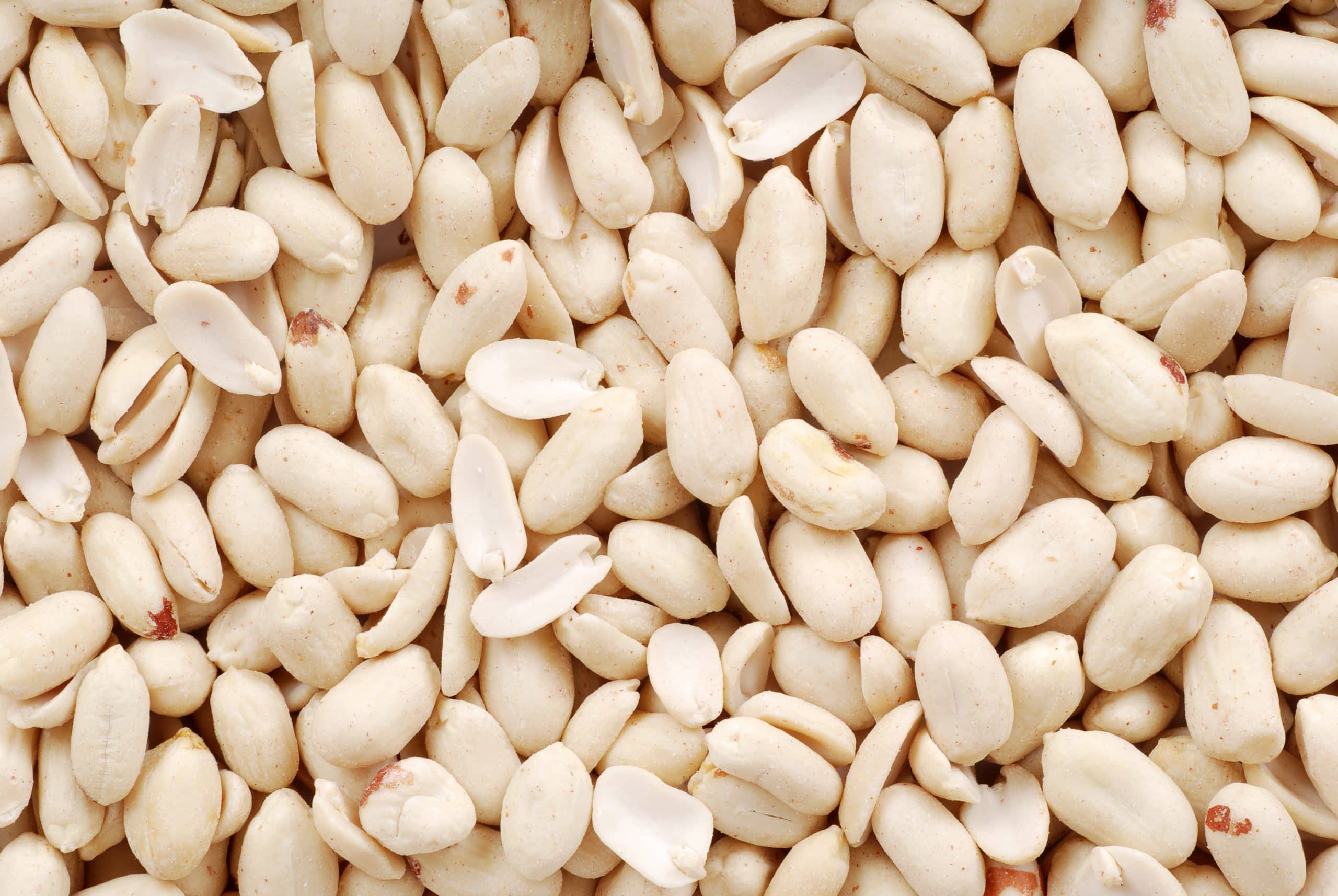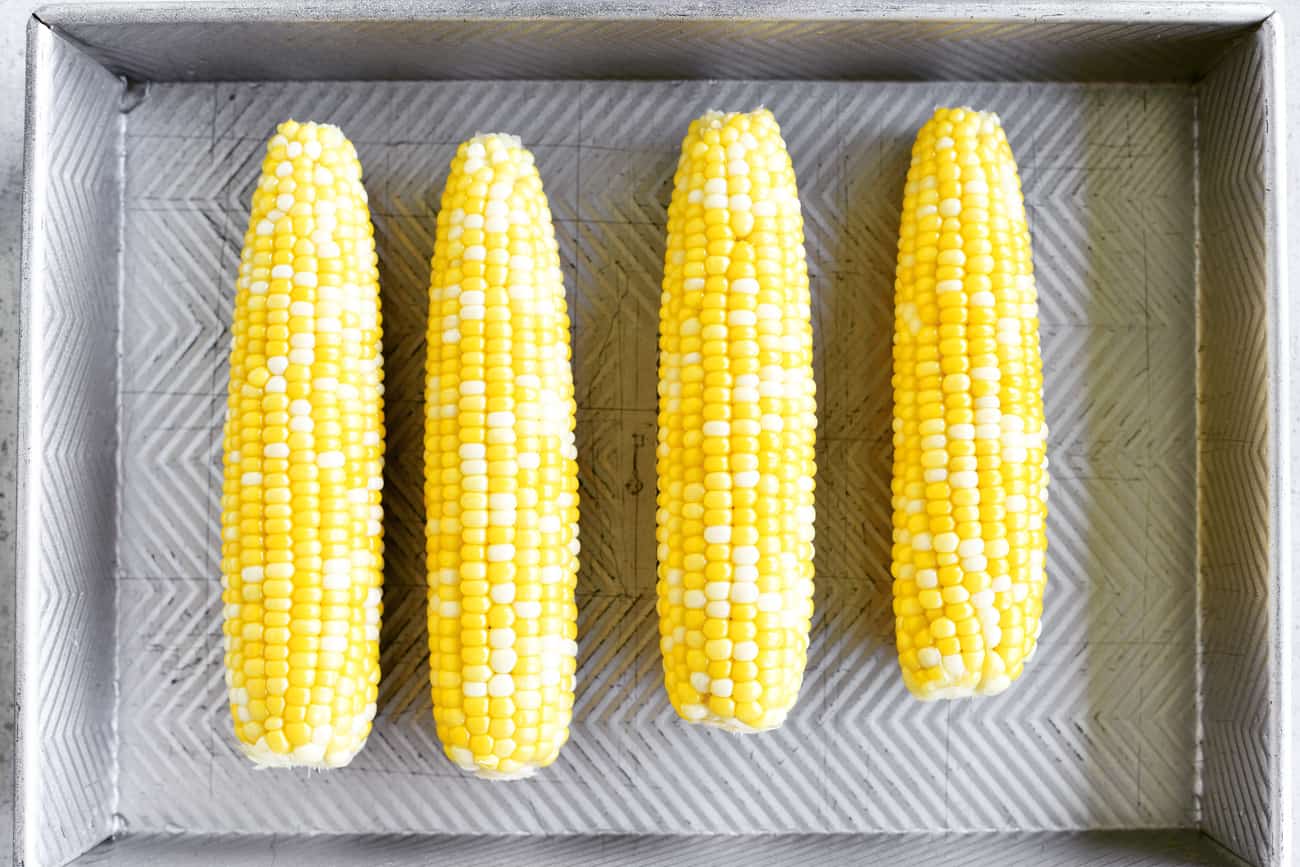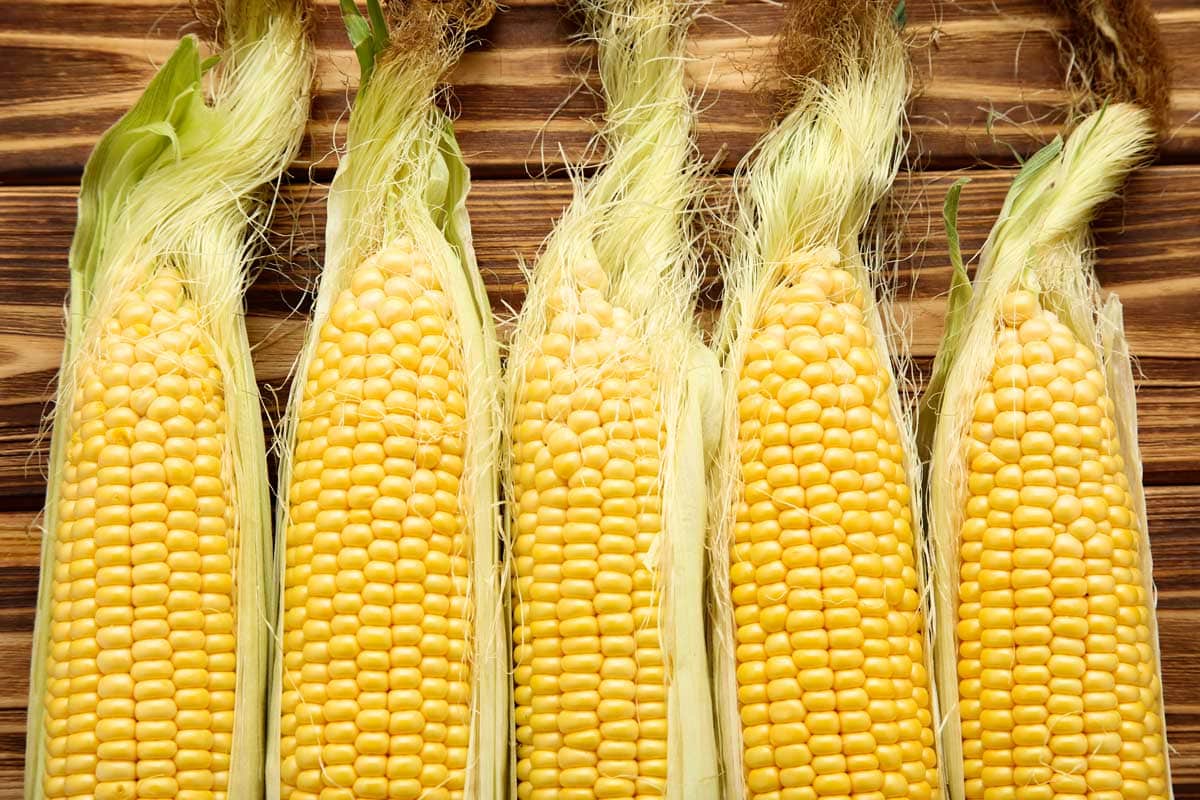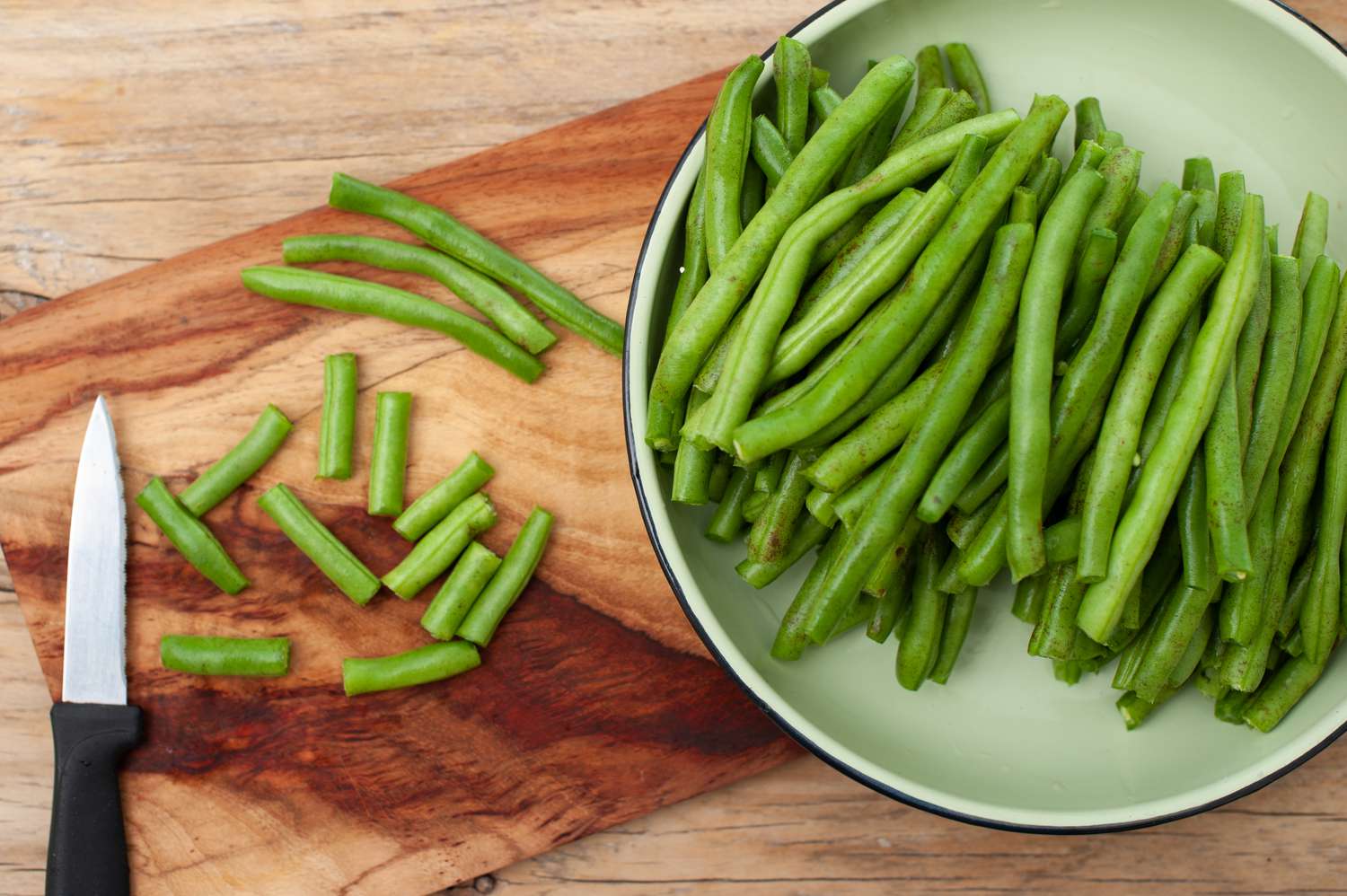Blanching Vegetables for Snails: A Step-by-Step Guide
If you’re a proud owner of snails, you know how important it is to provide them with a nutritious diet. One way to ensure that your snails are getting the essential nutrients they need is by blanching vegetables for them. Blanching vegetables helps to soften them, making it easier for snails to consume and digest. In this guide, we’ll walk you through the process of blanching vegetables for your snails.
What You’ll Need
Before you start blanching vegetables for your snails, gather the following supplies:
- Vegetables of your choice (such as zucchini, spinach, or carrots)
- Pot for boiling water
- Slotted spoon
- Bowl of ice water
- Knife and cutting board
Step 1: Prepare the Vegetables
Start by rinsing the vegetables thoroughly under running water to remove any dirt or debris. Then, use a knife to cut the vegetables into small, bite-sized pieces. This will make it easier for your snails to eat them.
Step 2: Boil Water
Fill a pot with water and bring it to a boil over high heat. You’ll want enough water to fully submerge the vegetables.
Step 3: Blanch the Vegetables
Once the water is boiling, carefully add the vegetables to the pot. Let them cook for about 2-3 minutes. Keep an eye on the vegetables, as you don’t want to overcook them.
Step 4: Remove and Cool
Using a slotted spoon, remove the vegetables from the boiling water and immediately transfer them to a bowl of ice water. This will stop the cooking process and help the vegetables retain their vibrant color and nutrients.
Step 5: Drain and Serve
After the vegetables have cooled for a few minutes, drain them from the ice water and pat them dry with a paper towel. Your blanched vegetables are now ready to be served to your snails!
Benefits of Blanching Vegetables for Snails
Blanching vegetables for your snails offers several benefits, including:
- Softening the vegetables, making them easier for snails to consume
- Preserving the nutritional value of the vegetables
- Reducing the risk of contamination from bacteria or pesticides
By following this simple blanching process, you can ensure that your snails are receiving a healthy and balanced diet. Experiment with different vegetables to provide variety and keep your snails happy and healthy!
So, the next time you’re preparing vegetables for your snails, remember the importance of blanching. Your snails will thank you for the delicious and nutritious treats!
For those looking to master the technique of blanching vegetables, there are several standout recipes to try. The Blanched Spinach and Ricotta Stuffed Shells offer a delightful combination of creamy ricotta and perfectly blanched spinach, making it an excellent dish to practice your new skills. Another great option is the Blanched Zucchini and Tomato Pasta, where the blanched zucchini adds a fresh, crisp texture to the pasta. If you prefer something heartier, the Blanched Kale and Quinoa Salad is a nutritious choice that showcases the versatility of blanched kale. Lastly, the Blanched Carrot and Ginger Soup is a comforting and flavorful dish that highlights the sweetness of blanched carrots. These recipes not only help you get the hang of blanching but also result in delicious, vibrant meals.
